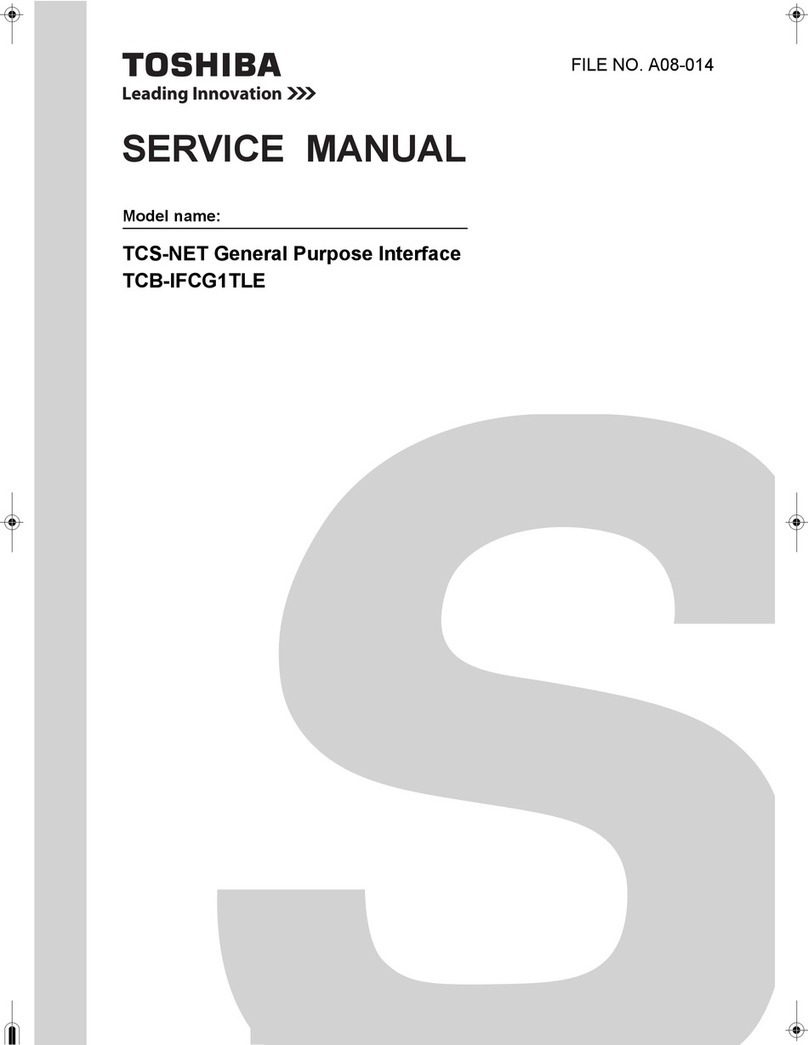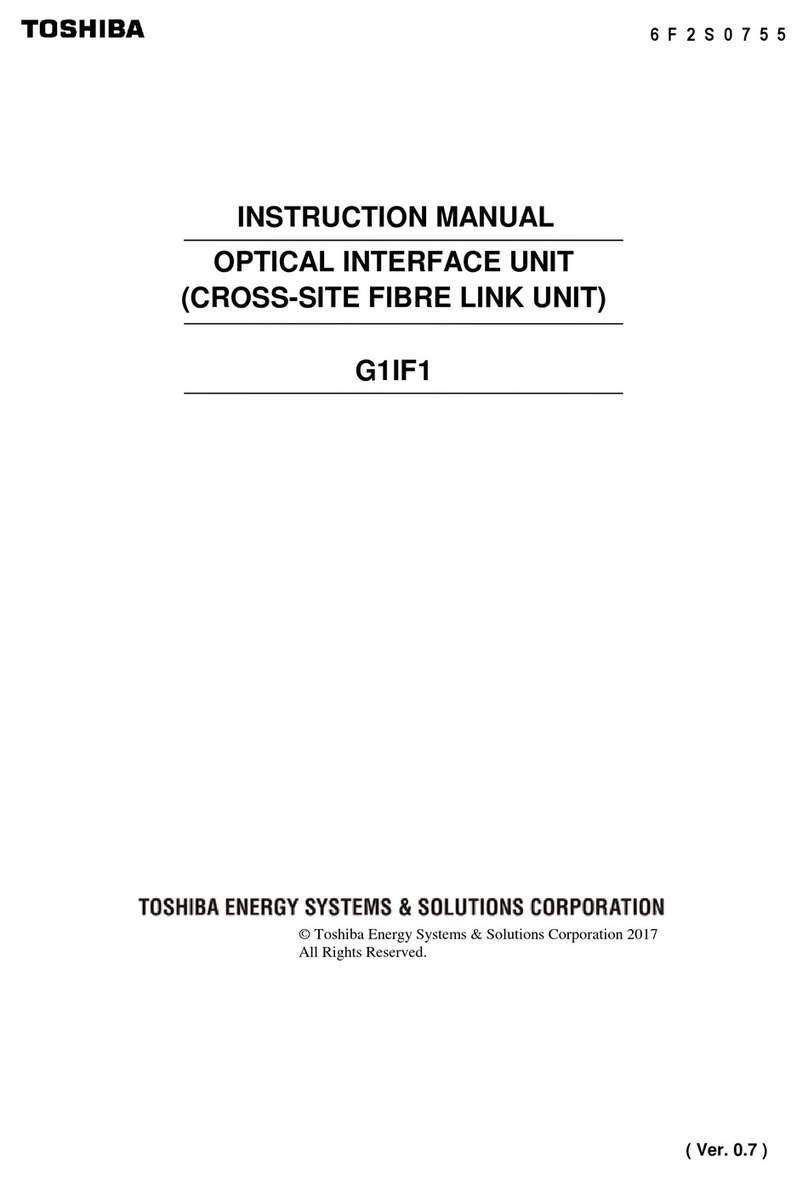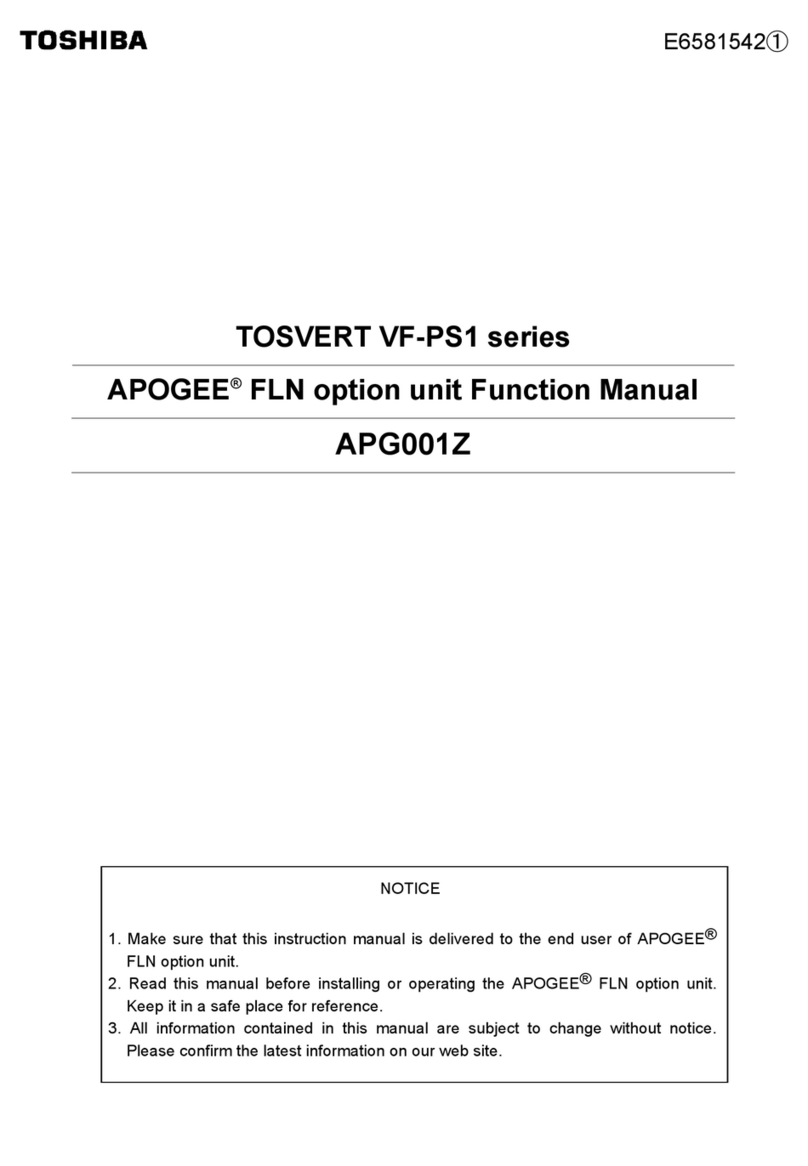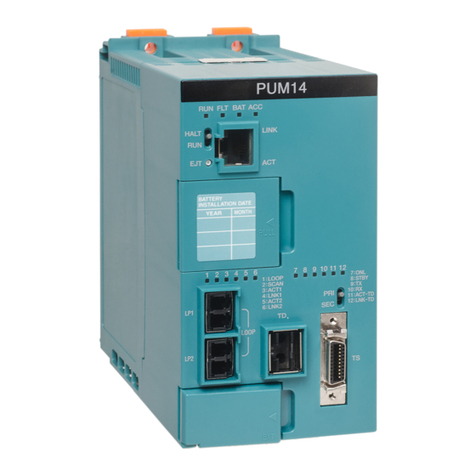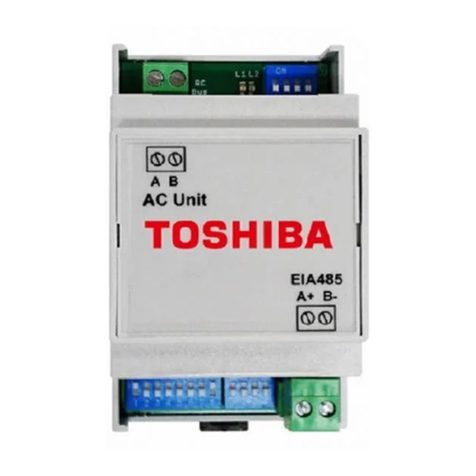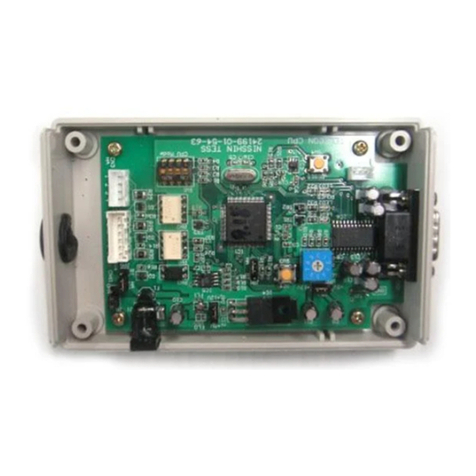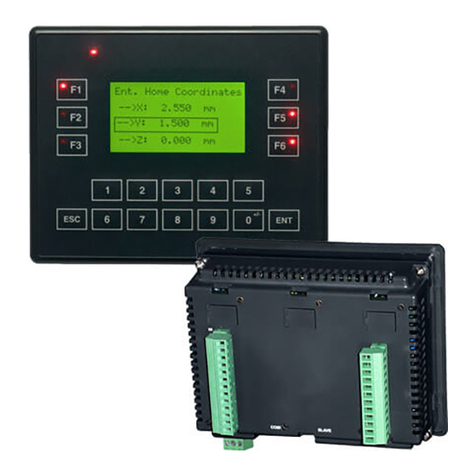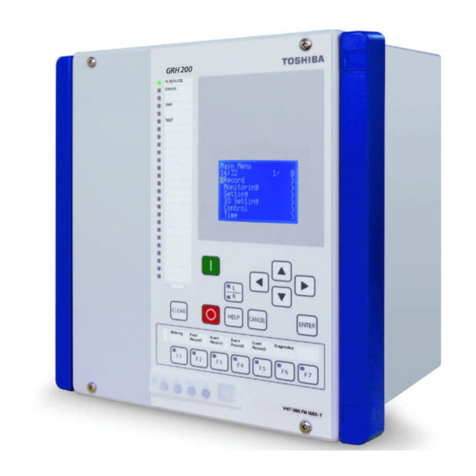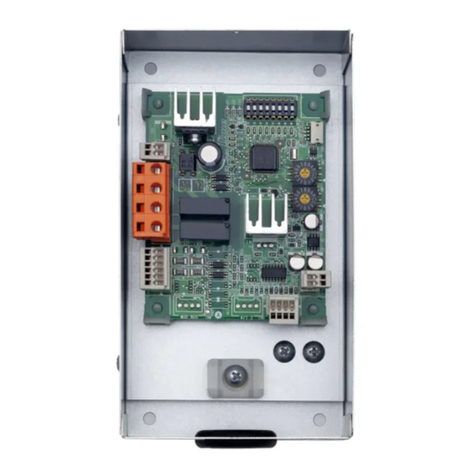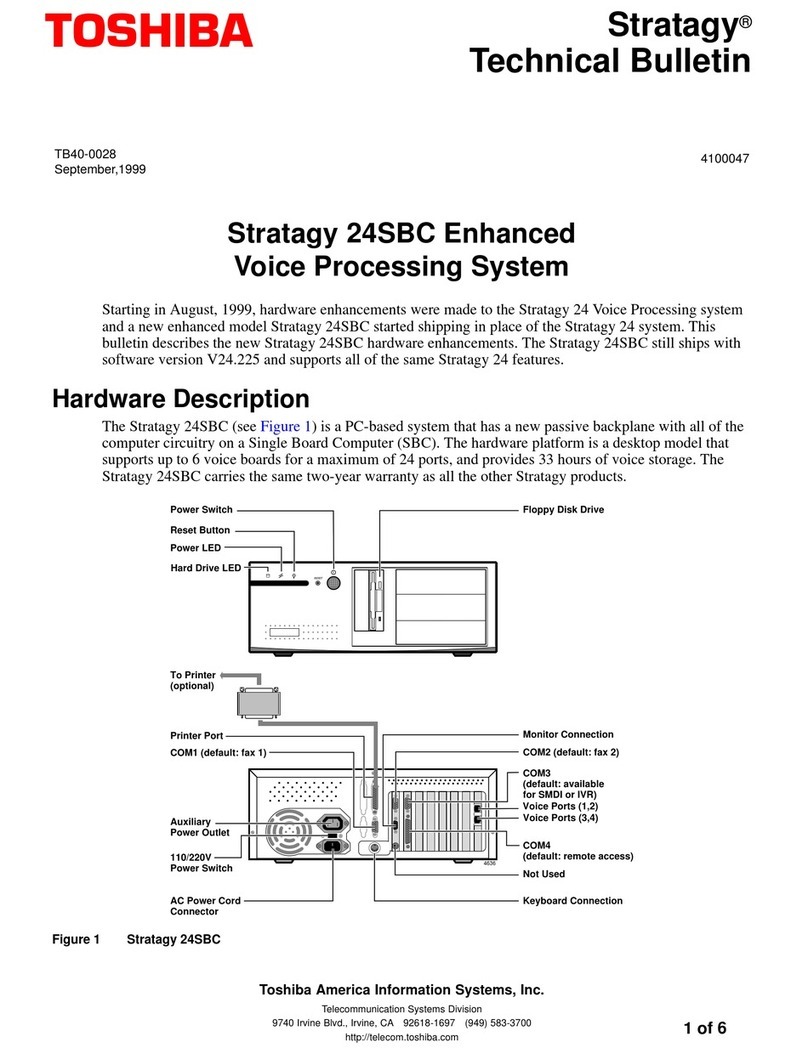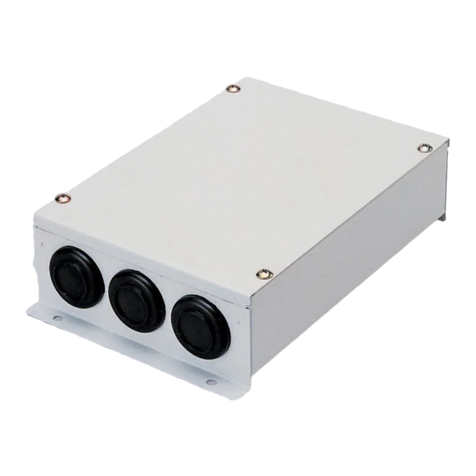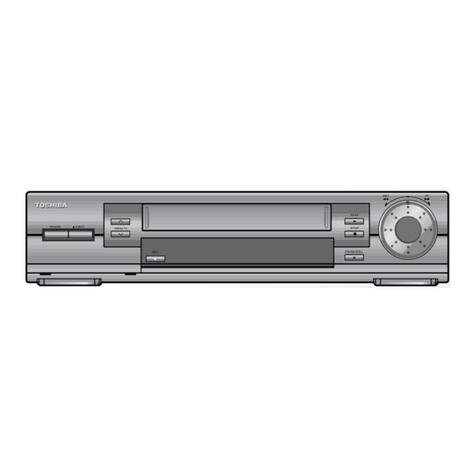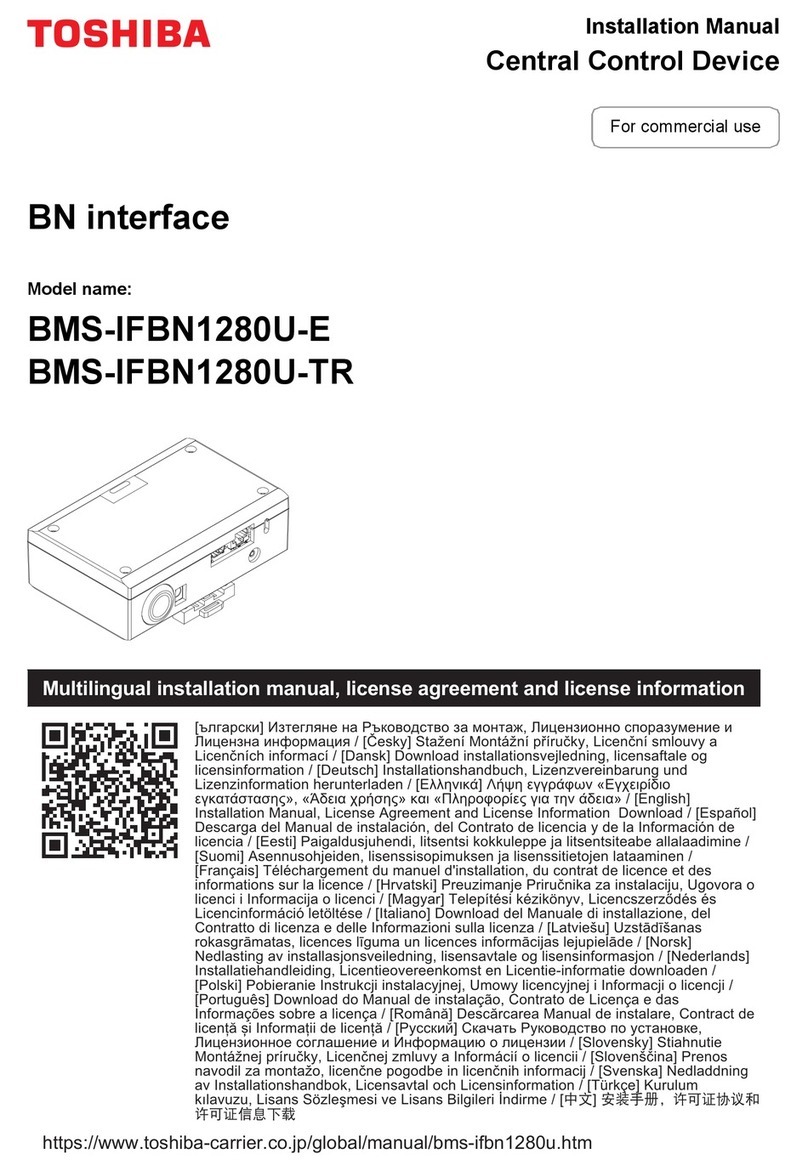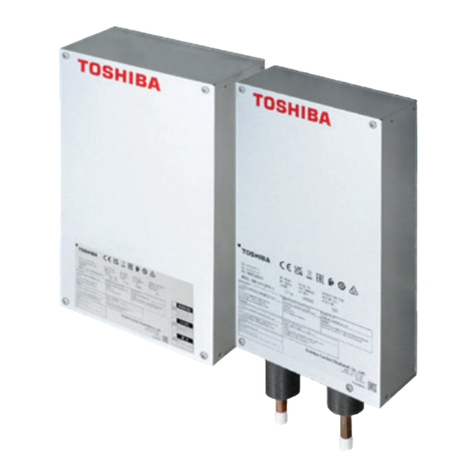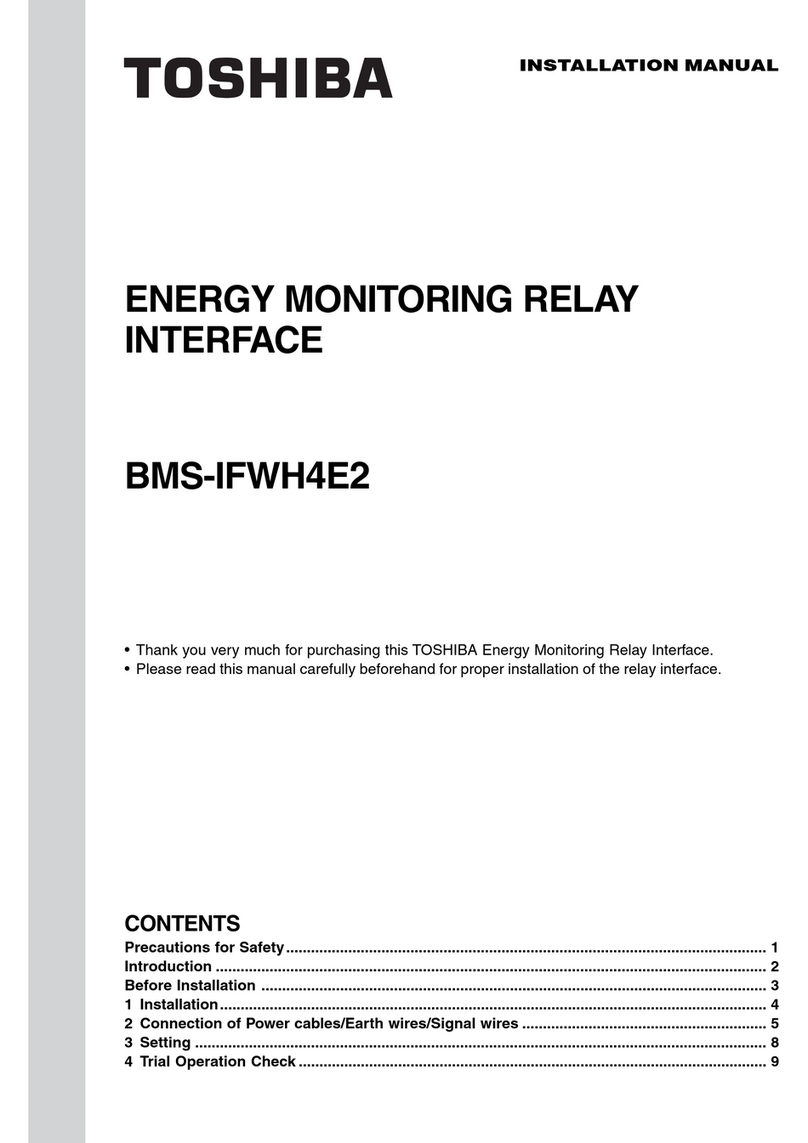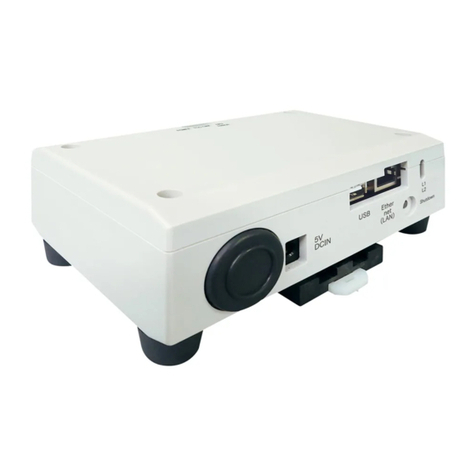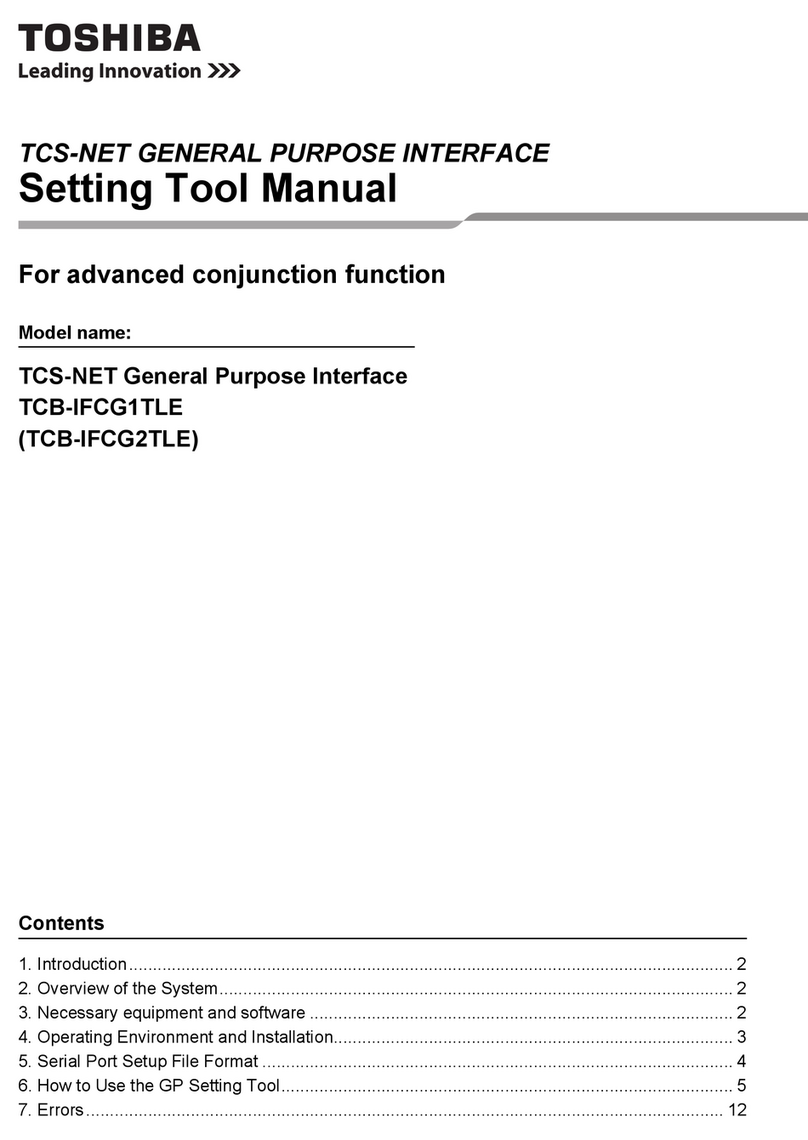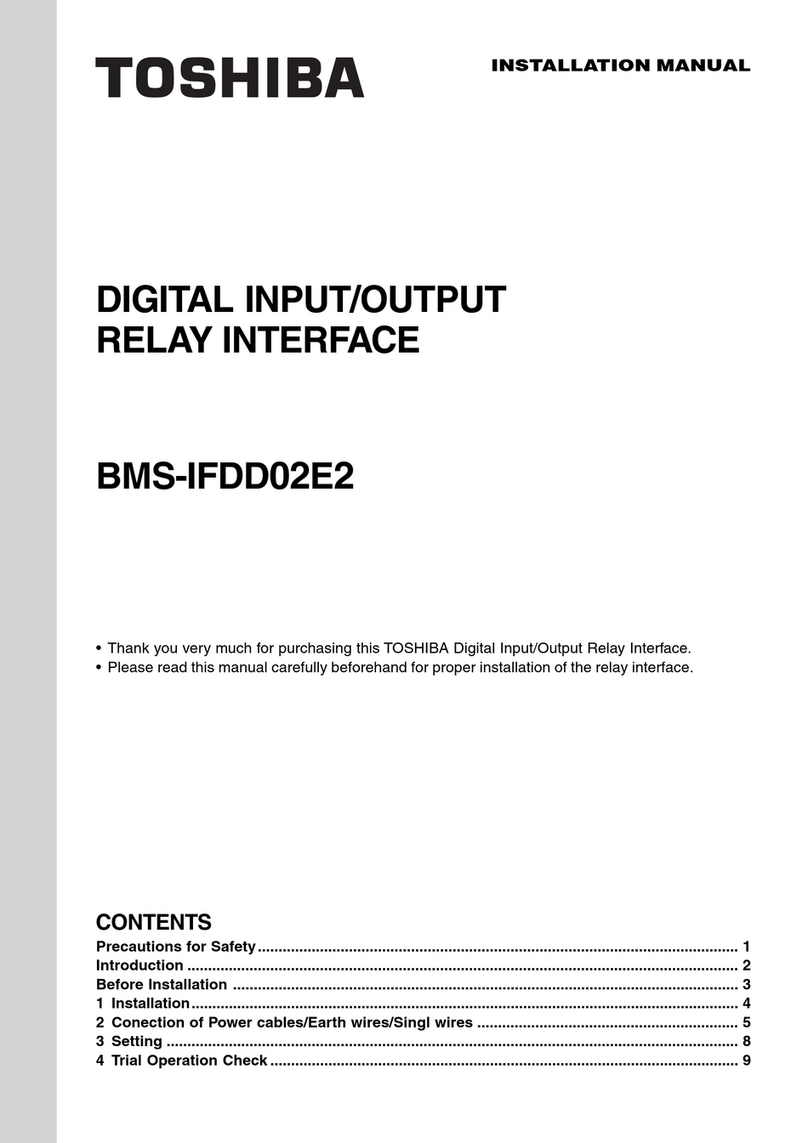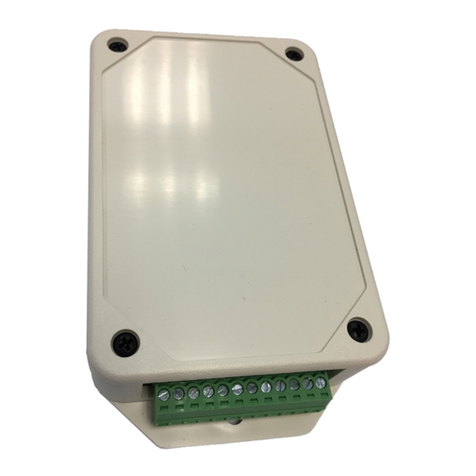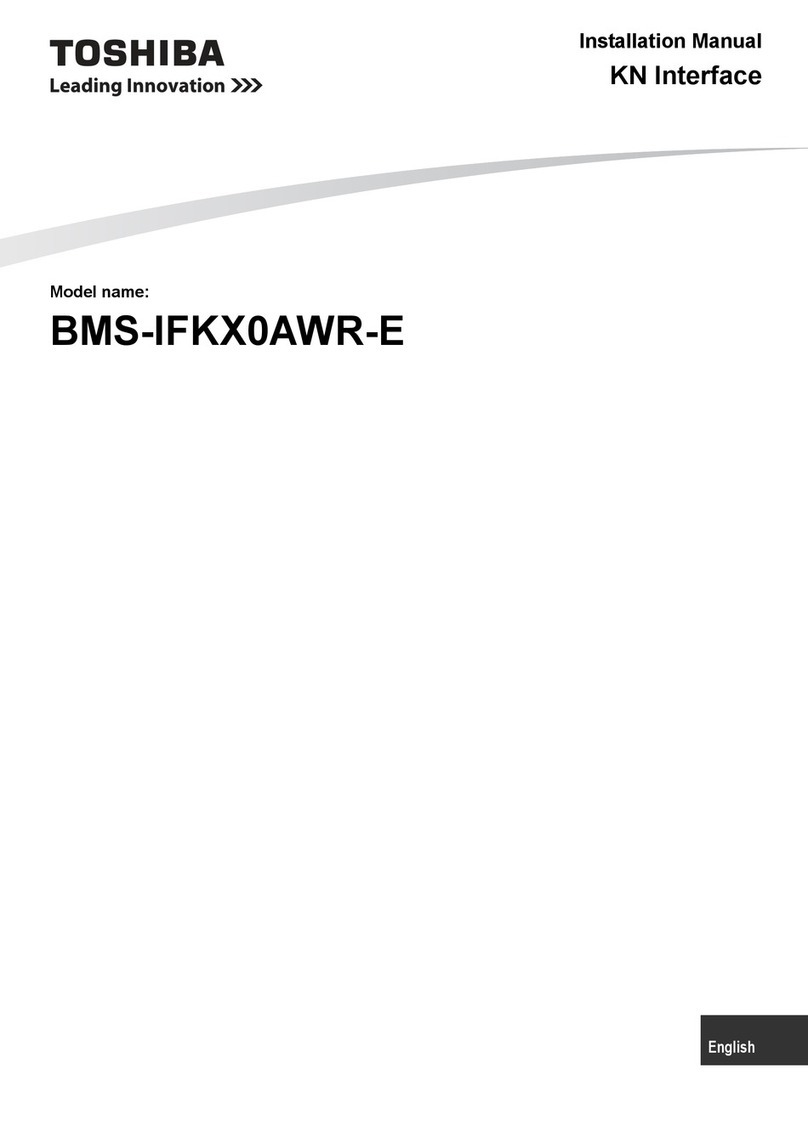
2
English-4English-3
WARNING
• Ask an authorized dealer or qualified installation professional to install/maintain the air conditioner.
Inappropriate installation may result in water leakage, electric shock or fire.
• Turn off the main power supply switch or breaker before attempting any electrical work.
Make sure all power switches are off. Failure to do so may cause electric shock.
• Connect the connecting wire correctly.
If the connecting wire is connected in a wrong way, electric parts may be damaged.
• When moving the air conditioner for the installation into another place, be very careful not to enter any
gaseous matter other than the specified refrigerant into the refrigeration cycle.
If air or any other gas is mixed in the refrigerant, the gas pressure in the refrigeration cycle becomes abnormally high
and it as a result causes pipe burst and injuries on persons.
• Do not modify this unit by removing any of the safety guards or by by-passing any of the safety interlock
switches.
• Exposure of unit to water or other moisture before installation may cause a short-circuit of electrical
parts.
Do not store it in a wet basement or expose to rain or water.
• After unpacking the unit, examine it carefully if there is possible damage.
• Do not install in a place that might increase the vibration of the unit.
• To avoid personal injury (with sharp edges), be careful when handling parts.
• Perform installation work properly according to the Installation Manual.
Inappropriate installation may result in water leakage, electric shock or fire.
• When the air conditioner is installed in a small room, provide appropriate measures to ensure that the
concentration of refrigerant leakage occur in the room does not exceed the critical level.
• Install the air conditioner securely in a location where the base can sustain the weight adequately.
• Perform the specified installation work to guard against an earthquake.
If the air conditioner is not installed appropriately, accidents may occur due to the falling unit.
• If refrigerant gas has leaked during the installation work, ventilate the room immediately.
If the leaked refrigerant gas comes in contact with fire, noxious gas may generate.
• After the installation work, confirm that refrigerant gas does not leak.
If refrigerant gas leaks into the room and flows near a fire source, such as a cooking range, noxious gas might
generate.
• Electrical work must be performed by a qualified electrician in accordance with the Installation Manual.
Make sure the air conditioner uses an exclusive power supply.
An insufficient power supply capacity or inappropriate installation may cause fire.
• Use the specified wires for wiring connect the terminals securely fix.
To prevent external forces applied to the terminals from affecting the terminals.
• Conform to the regulations of the local electric company when wiring the power supply.
Inappropriate grounding may cause electric shock.
• Do not install the air conditioner in a location subject to a risk of exposure to a combustible gas.
If a combustible gas leaks, and stays around the unit, a fire may occur.
2INSTALLATION OF NEW REFRIGERANT
AIR CONDITIONER
This air conditioner adopts the new HFC refrigerant (R410A) which does not deplete the ozone layer.
• R410A refrigerant is apt to be affected by impurity such as water, oxidizing membrane, or oils because the
pressure of R410A refrigerant is higher than that of the former refrigerant by approx. 1.6 times.
Accompanied with adoption of the new refrigerant, refrigerating oil has been also changed.
Therefore pay attention so that water, dust, former refrigerant, or refrigerating oil does not enter into the refriger-
ating cycle of the new refrigerant air conditioner during installation work.
• To prevent from mixing of refrigerant or refrigerating oil, the size of charge port of the main unit or connecting
section of installation tool differs from that of the air conditioner for the former refrigerant.
Accordingly the exclusive tools are required for the new refrigerant (R410A) as shown below.
• For connecting pipes, use the new and clean piping materials so that water or dust does not enter.
Required tools and cautions on handling
It is necessary to prepare the tools and parts as described below for the installation work.
The tools and parts which will be newly prepared in the following items should be restricted to the exclusive use.
Explanation of symbols
z: Newly prepared (It is necessary to use it properly exclusive to R410A separated from those for R22 or R407C.)
{: Former tool is available.
Refrigerant piping
• Piping material used for the conventional refrigerant cannot be used.
• Use copper pipe with 0.8mm or more thickness for Ø6.4, Ø9.5, Ø12.7mm.
Use copper pipe with 1.0mm or more thickness for Ø15.9mm, Ø19.1mm, Ø22.2mm or more.
• Use clean and new pipes for the refrigerant pipes and perform piping work so that water or dust does not
contaminate the refrigerant.
Used tools
Gauge manifold
Charging hose
Gas leak detector
Vacuum pump
Vacuum pump with counter-flow
preventive adapter
Bender
Refrigerant recovery device
Pipe cutter
Refrigerant cylinder
Welding machine/
Nitrogen gas cylinder
Refrigerant charging balance
Usage
Vacuuming or charging of
refrigerant and operation check
Checks gas leak
Vacuum drying
Vacuum drying
Bending processing of pipes
Recovers refrigerant
Cuts pipes
Charges refrigerant
Welding of pipes
Charges refrigerant
Proper use of tools/parts
zNewly prepared, Exclusive to R410A
zNewly prepared, Exclusive to R410A
zNewly prepared
Usable if a counter-flow preventive adapter is attached
{: R22 (Existing article)
{: R22 (Existing article)
zExclusive to R410A
{: R22 (Existing article)
zExclusive to R410A
ID : Refrigerant name entered
{: R22 (Existing article)
{: R22 (Existing article)
